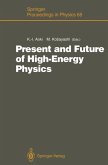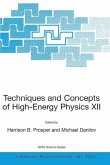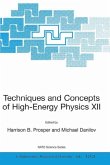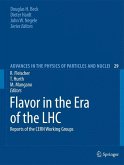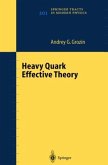"Nature performs not hing vainly, and makes nothing unnecessary" Aristotle Interest in the passage of charged particles through crystals first appeared at the beginning of this century following experiments on x-ray diffraction in crystallattices, which provided the proof of an ordered distribution of atoms in a crystal. Stark [1] put forward the hypothesis that certain directions in a crystal should be relatively transparent to charged particles. These first ideas on the channeling of charged particles in crystals were forgotten but became topical again in the early 1960s when the channeling effect was rediscovered by computer simulation [2] and in experiments [3] that revealed anomalously long ion ranges in crystals. The orientational ef fects during the passage of charged particles through crystals have been found for a whole range of processes characterized by small impact parameters for collisions between particles and atoms: nuclear reactions, large-angle scatter ing, energy losses. Lindhard explained the channeling of charged particles in crystals [4]. The results of the numerous investigations into the channeling of low-energy (amounting to several MeV) charged particles in crystals have been summarized in several monographs and reviews [5~8l.



